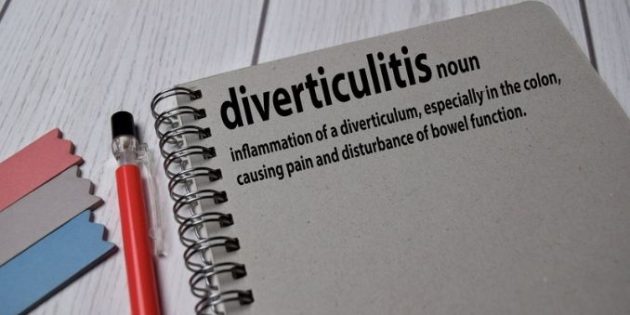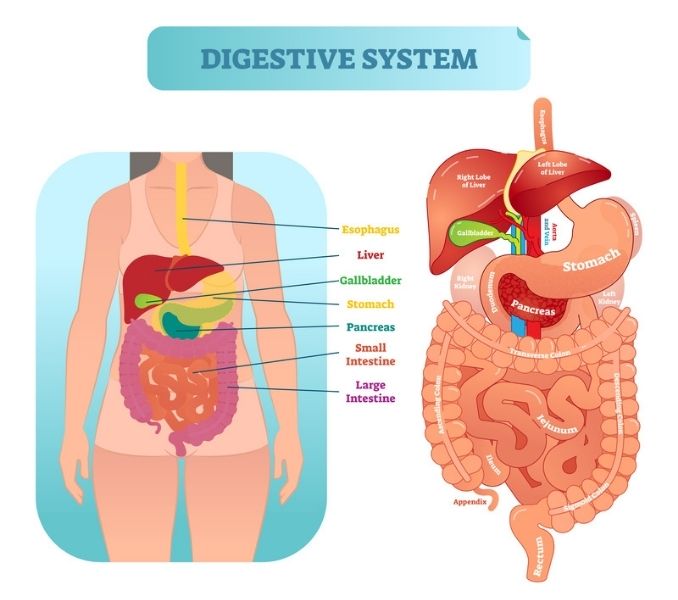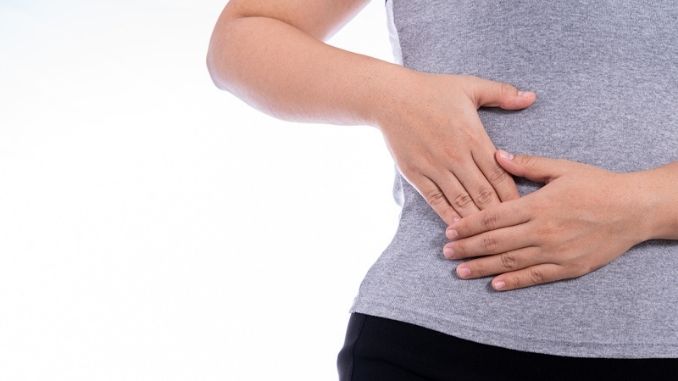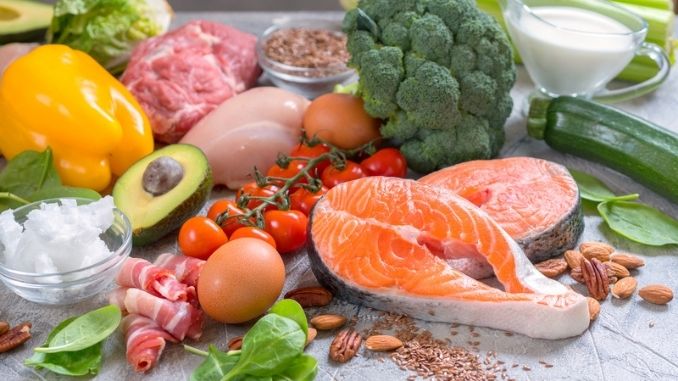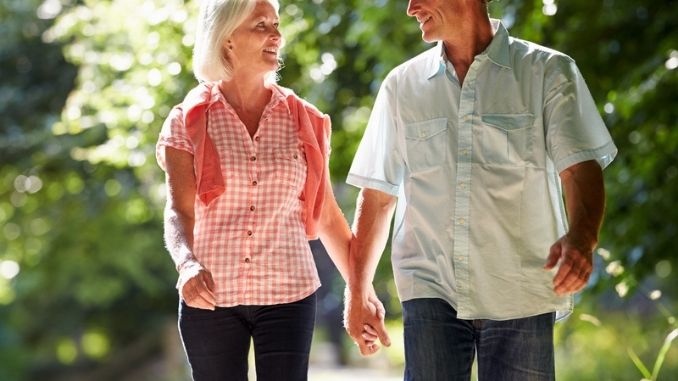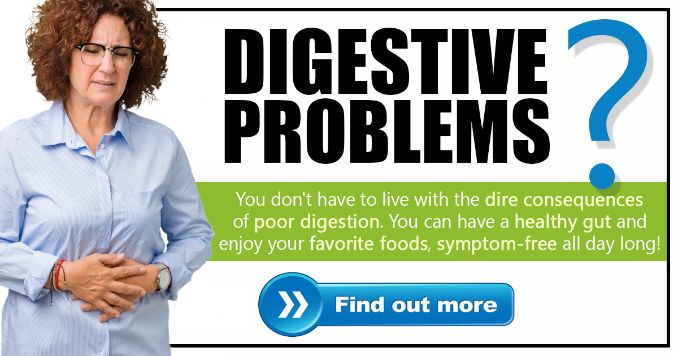When it comes to your digestion, things can get a little hairy. And we’re not talking about that super weird thing your cat does when it thinks you’re not looking. Diverticulitis is a type of inflammation affecting the large intestine’s wall (also known as the colon). It can strike at any age and is more common among men than women. While it isn’t hazardous in most cases, diverticulitis can cause some troubling symptoms if left untreated. So let’s start exploring how to recognize diverticulitis, its causes, and its treatment. This post will teach you everything you need to know about this unpleasant condition.
The digestive system comprises the gastrointestinal tract and your liver, pancreas, gallbladder, and gastrointestinal or GI tract. The GI tract is a series of hollow organs connected from your mouth to your anus. The organs that make up your GI tract, in the order they are connected, include your mouth, esophagus, stomach, small intestine, large intestine, and anus.
You may have bags anywhere in your digestive system, except in your large intestine or colon. The inner layer of your intestine can sometimes push through weak spots in the outer lining. This pressure makes them bulge out, creating little pouches called diverticula. Diverticulitis is the infection or inflammation of these pouches.
Symptoms of diverticulosis can often be challenging to recognize, as the most common symptoms (abdominal pain and diarrhea) are shared with other gastrointestinal disorders such as irritable bowel syndrome (IBS), celiac disease, and Crohn’s Disease, and appendicitis.
The Signs & Symptoms of Diverticulitis
- Pain in the lower-left side of the abdomen that lasts for several days is typical. People of Asian descent tend to experience more pain on the right side of their stomachs.
- Nausea and vomiting
- Fever
- Abdominal pain and tenderness
- Constipation or diarrhea
- Urinary urgency, dysuria
To diagnose, your doctor will start with a physical exam. Women may get a pelvic exam, too. Because there are so many causes of abdominal pain, your doctor will have to spend some time ruling out other potential problems.
Your doctor may order one or more additional tests, including:
- Blood, urine, and stool tests to look for infection
- CT scans to look for inflamed or infected diverticula
- A liver enzyme test to rule out liver problems
- Digital rectal exam
- Barium enema – a radiographic (X-ray) examination of the lower GI tract. A barium enema is an X-ray exam that detects changes or abnormalities in the large intestine (colon). During a barium enema exam, an X-ray machine takes pictures of the colon while an enema tube is inserted in the rectum to deliver liquid barium. The procedure is also called a colon X-ray.
- Sigmoidoscopy – is a diagnostic test used to check the sigmoid colon, the lower part of your colon.
- Colonoscopy – an exam used to detect changes or abnormalities in the colon and rectum
- Angiography – is an imaging test that uses X-rays to view your body’s blood vessels.
If you suffer from diverticulitis, your doctor may recommend a liquid diet to give the intestines time to heal. They might also prescribe antibiotics and pain relievers for temporary relief. Patients requiring more extensive treatment may have to stay in the hospital for intravenous antibiotics.
Diverticulitis & Nutrition
Liquid Diets Typically Include:
- Broth
- Fruit juices without pulp
- Ice chips, ice pops
- Gelatin
- Water, tea, and coffee
After a specific healing time, you can often move to a Low Fiber Diet:
- Canned or cooked fruits and vegetables
- Eggs, fish, poultry
- Refined white bread
- Fruit and vegetable juice with no pulp
- Low fiber cereals
- Milk, yogurt, cheese
It is better to prevent your condition than cure it, and your diet may contribute to it.
To help avoid flare-ups, you should limit the following:
- Barley and rye, coconut flour
- Almonds
- Red meat
- Processed and high-fat foods
Diverticulitis & Exercise
Regular physical activity helps to stimulate normal bowel contractions, promotes regularity, and reduces pressure in the colon. Aim for 30 minutes of moderate physical activity each day. Examples of moderate physical activities include:
- Brisk walking
- Cleaning
- Light cycling
- Recreational sports
Exercise has no causal effect on patients with diverticulitis.
Because there is no cure for this illness, treatment requires patience and diligence. If you are experiencing frequent abdominal pain or any signs we listed above, you must consult your doctor to get to the root of your condition and build a treatment plan. A healthy lifestyle, proper diet, and regular exercise can help you manage your condition and minimize symptoms.
Conclusion
Diverticulitis is a common but serious condition affecting the large intestine wall. You’ll need to change your lifestyle to avoid getting infections if you get diagnosed with diverticulitis. From the information we discussed above, you can see that diverticulitis is a condition you can easily prevent by making a few changes to your diet and lifestyle. If you have been experiencing diverticulitis symptoms, make sure to see a doctor as soon as possible! You can also use natural supplements to help treat your diverticulitis and reduce your risk of getting it again in the future.
Digestive problems can be miserable! Learn how to heal your gut safely and naturally here.
.
